Refuge Residence
- Year:
- 2022
- Type:
- Private Residence
- Location:
- al-Karak - Jordan

A refuge residence located in a village in al-Karak, Jordan. It is a conceptual project that aims to deal with the vernacular material lineages and the immaterial human culture. Architecture should not exist in alienation of its context, and this project touches on the concept of how to approach territory and its materials. The outcome is the result of dissecting the elementary components of the vernacular villages of al-Karak, the methods by which they were constructed which required a vigilant understanding of the traditional materials’ qualities, the way their architecture settle the context, their grain in its formal positive-configuration along with the consequent negative-space of the urban fabric.
Text
A refuge residence located in a village in al-Karak, Jordan. It is a conceptual project that aims to deal with the vernacular material lineages and the immaterial human culture. Architecture should not exist in alienation of its context, and this project touches on the concept of how to approach territory and its materials. The outcome is the result of dissecting the elementary components of the vernacular villages of al-Karak, the methods by which they were constructed which required a vigilant understanding of the traditional materials’ qualities, the way their architecture settle the context, their grain in its formal positive-configuration along with the consequent negative-space of the urban fabric.
The project consists of 5 different spaces that cascade downwards into the valley; a space to enter, a space to rest, a space to eat, a space to sleep, and finally, a space to bath; each is defined through its scale, height, and its spatial quality. They are connected via series of outdoor spaces, of patios and a central courtyard, that trace the irregular form of the negative space of the traditional villages’ urban fabric.
A point of concern in the architectural practice is the third dimension, which it is not limited, or to be confused with the mere spatial experience, and of that of scale. Initially, the third dimension is the textural quality of materiality which brings out the traits of roughness, crudeness or smoothness. On a larger scale the third dimension is the architectural settling on the site, and its atoning to its contours. Moreover, and in a broader sense, the third-dimension lapses deeper into the material and immaterial genealogy of architecture, and its relation with the vernacular and the intangible human culture. How the architecture speaks to what is already there, and what has been there. In any successful architectural intervention, there should be always a tension between architectural autonomy, and architectural harmony, and it is only by the understanding of the nature of the third dimension that we are able to attain that.
Drawings

Bird's Eye Perspective
Bird's Eye Perspective
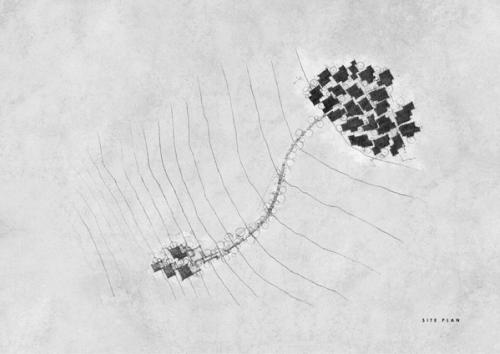
Site Plan
Site Plan
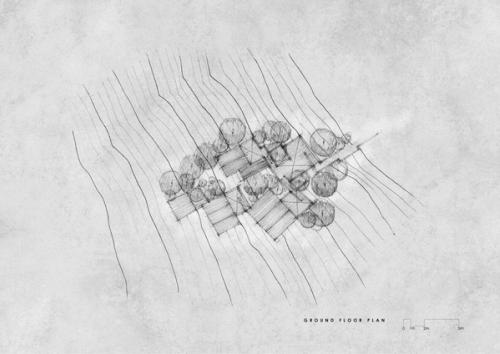
Ground Floor Plan
Ground Floor Plan

B1 Floor Plan
B1 Floor Plan

B2 Floor Plan
B2 Floor Plan
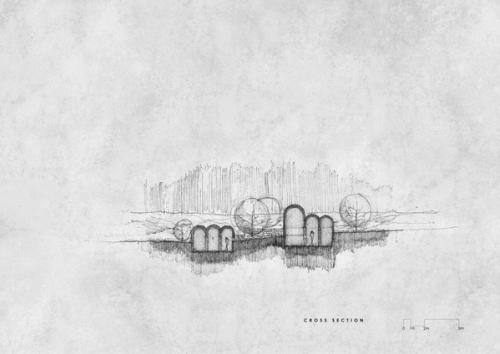
Longtudinal Section
Longtudinal Section

Cross Section
Cross Section
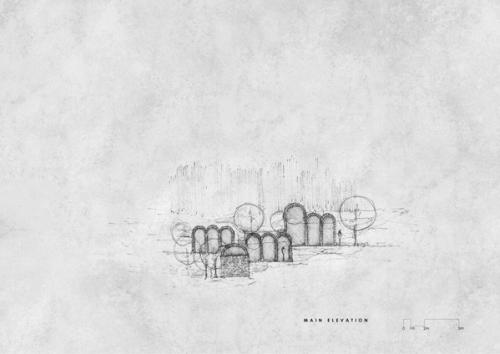
Main Elevation
Main Elevation
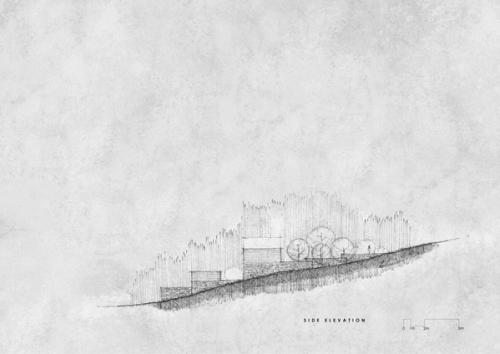
Side Elevation
Side Elevation
Model
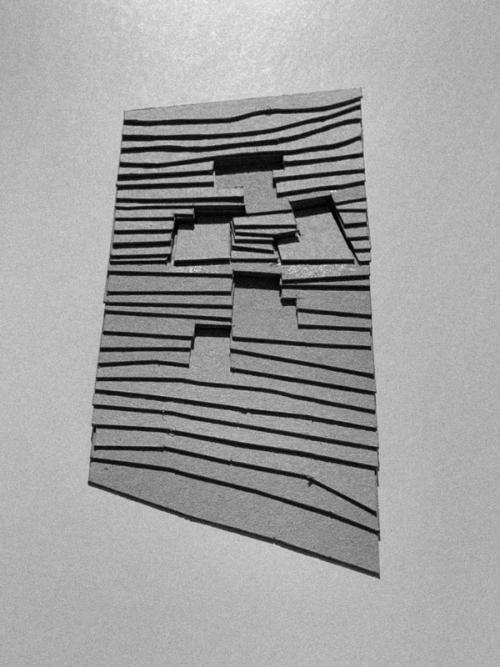
a Conceptual Model showing how the diffrence of levels was treated in relation to the valley
a Conceptual Model showing how the diffrence of levels was treated in relation to the valley
References
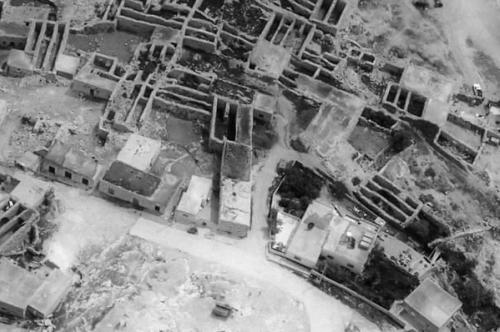
an Aerial Photo of al-Smakiyyeh Village in al-Karak, Jordan
an Aerial Photo of al-Smakiyyeh Village in al-Karak, Jordan
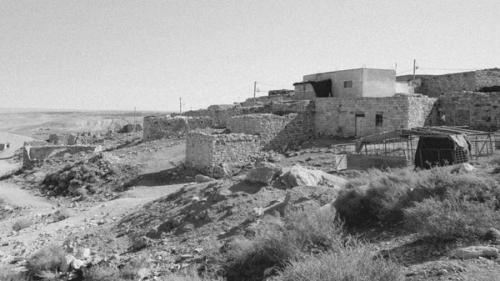
al-Smakiyyeh Village in al-Karak, Jordan
al-Smakiyyeh Village in al-Karak, Jordan
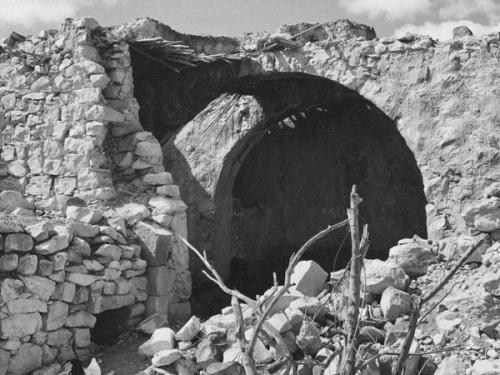
a derelict house in al-Smakiyyeh Village in al-Karak, Jordan
a derelict house in al-Smakiyyeh Village in al-Karak, Jordan
